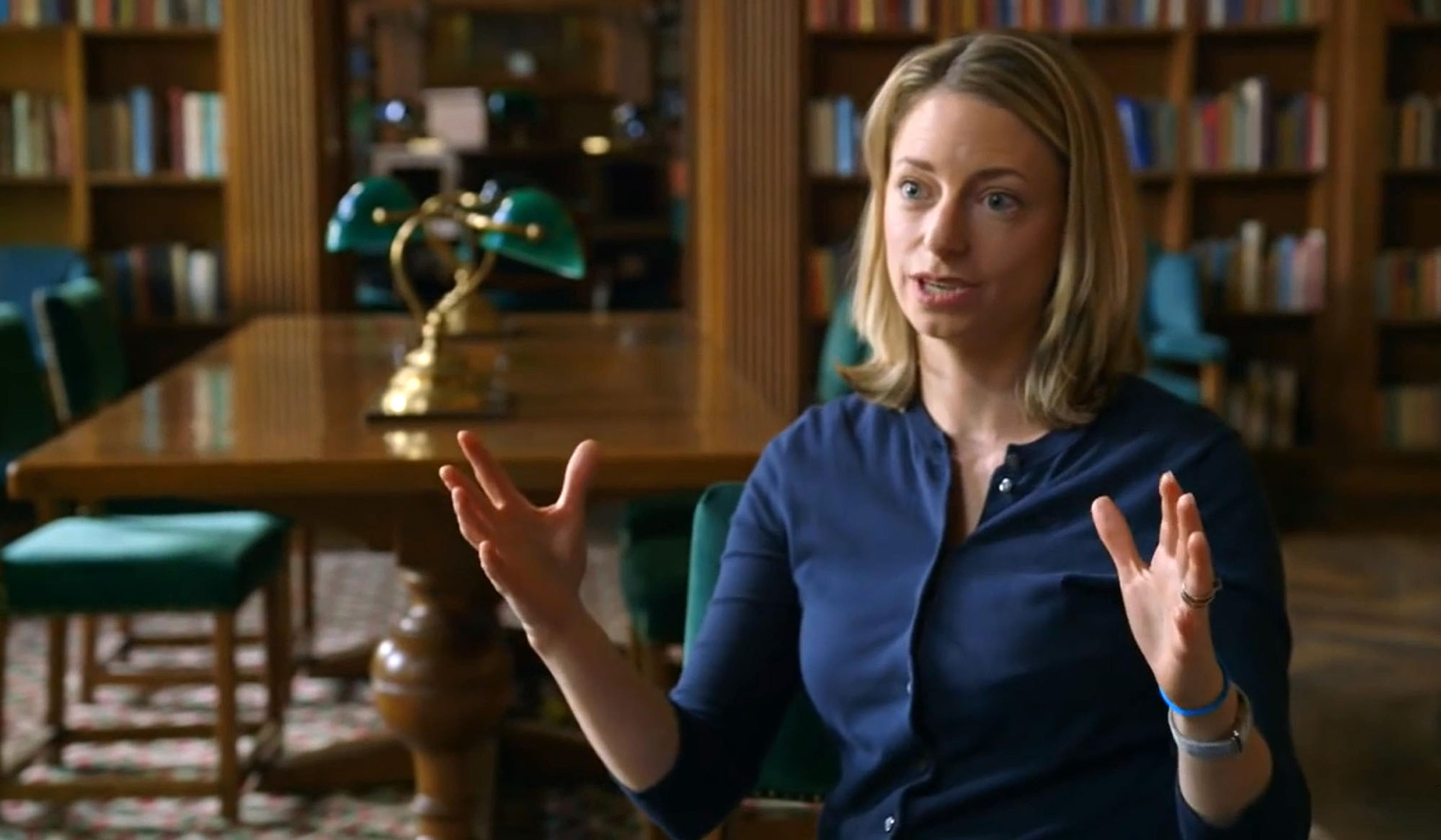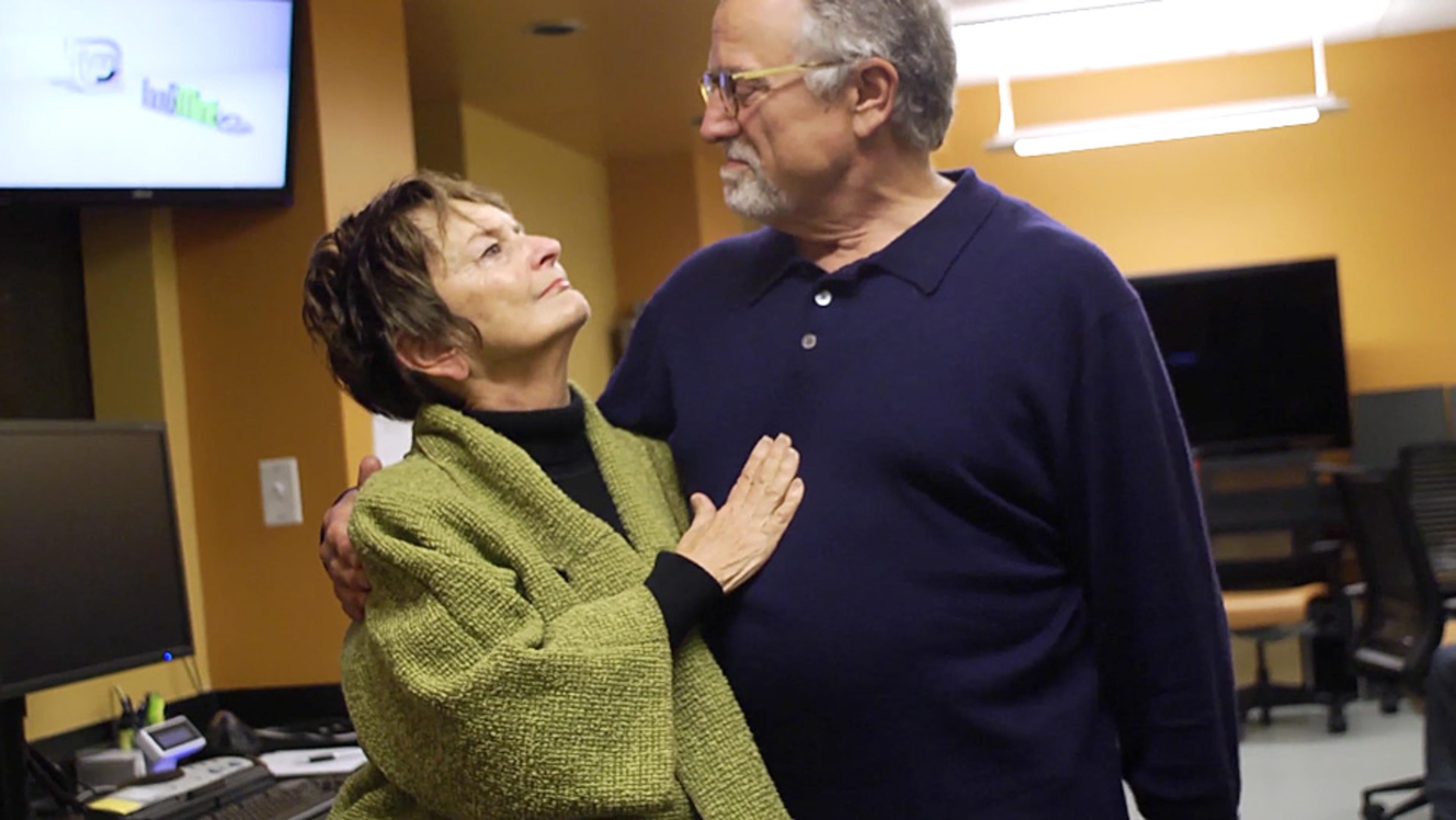How do you map a brain? By examining its structure? Its connections? Its distinct cell types? Like mapping the Earth, scientists have found that mapping the human brain is an imperfect science, and there’s no single simple approach. However, using MRI measurements of 210 healthy young adult brains, a team of neuroscientists led by Mathew Glasser of Washington University Medical School may have recently completed the most comprehensive brain rendering yet. By aggregating many different ways of looking at and measuring the brain, the team has located dozens of previously unidentified regions. You can read more about the study at Nature.
After a century of trying, have scientists successfully mapped the human brain?
Video by Nature

videoHuman evolution
Can a tiny slice of mouse brain help us understand the complex human mind?
3 minutes

videoNeuroscience
This intricate map of a fruit fly brain could signal a revolution in neuroscience
2 minutes

videoNeuroscience
See how our brains group words by meaning in surprisingly complex semantic maps
3 minutes

videoNeuroscience
What will we do when neuroimaging allows us to reconstruct dreams and memories?
4 minutes

videoCognition and intelligence
Leaping from firing neurons to human behaviour is tempting, but it’s a perilous gap
3 minutes

videoBiology
See and hear the human brain as you’ve never experienced it before
2 minutes

videoNeuroscience
The brain repurposed our sense of physical distance to understand social closeness
5 minutes

videoNeuroscience
What is your dog really thinking? MRI brain scans might soon provide the answer
7 minutes

videoMood and emotion
Contestants have five minutes in an fMRI to love someone ‘as hard as they can’
15 minutes